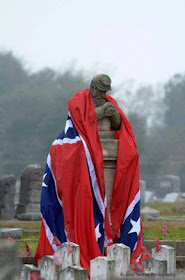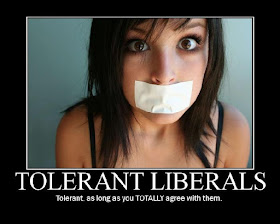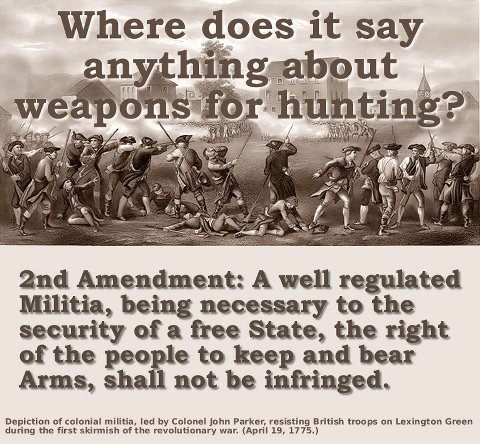Occupation
forces in wartime New Orleans attempted to educate local children in
loyalty toward the Northern regime, but drove most to the many private
schools in the city. The enemy paid even their own teachers poorly,
though one commander generously offered free transportation Northward
for the summer recess.
Bernhard Thuersam, Chairman
North Carolina War Between the States Sesquicentennial Commission
"Unsurpassed Valor, Courage and Devotion to Liberty"
"The Official Website of the North Carolina WBTS Sesquicentennial"
More on Nurseries of Treason
“{From]
the time of the arrival of the [Northern occupation] until the end of
the war period, public school teachers, regardless of their political
complexion, were shabbily treated in New Orleans. The system of annual
examinations and elections was especially vicious, since it meant that
appointments were based not on the qualifications of the teacher but . .
. on her contacts with officials in charge of hiring. She was also
expected to evince more than the ordinary brand of [Northern] patriotism
and to lead the way in suggesting new means of displaying it among her
classes.
So
onerous did this responsibility become that the Picayune charged in the
fall of 1864 that the “good of the scholar is quite subordinate to that
of the teacher, and especially to that of the politician, to whom she
is an instrument or an associate . . . Parrots themselves, they produce
parrots . . . “
Early
in 1863, the board of visitors of the First District passed a
resolution requiring the “singing of the National airs in our schools
and the inculcation of Union sentiment by the teachers.” Faced with
these conditions, it is small wonder that many New Orleans parents chose
not to send their children to school at all. Others, who could afford
it, sent their children to one of the city’s 140 private schools.
As
early as September 1862, Butler’s official newspaper suggested that
teachers in private schools should be “required, not only to take the
oath of allegiance to the United States, but to give bonds – and heavy
ones, neither to encourage or permit the expression of sentiments
unfriendly to the United States government in the schools under their
charge.”
[Butler’s
successor Gen. Nathaniel Banks] employed a staff of “special police,” .
. . [for] ferreting out “seditious nests” among the private schools.
On May 8, 1863, the special police descended without warning on several
of the most fashionable girls’ schools in the city, jubilantly
discovered a few freehand sketches of the Rebel flag in schoolgirl
copybooks, and promptly haled the schoolmistress into the Provost Court.
The
Era, Bank’s official organ, expressed great satisfaction over the
arrests and sentences and congratulated the chief of police on his
“bringing to light the evils prevailing in these treasonable nurseries .
. . “ [The] following week, the special officers descended upon the
school kept by Mrs. Morrison, “an elderly lady” and a registered enemy
scheduled to leave the city on May 15, [and] the judge imposed a $200 fine which she could not pay.
Two
weeks later, a Federal officer . . . noticed some boys walking around
rather than under a Union flag nearby. At his suggestion, the special
officer conducted a search of [their Jesuit] school and again uncovered
Confederate flags in some of the student copybooks.
[On
July 13, 1864, Banks] appointed a commission to “visit, examine, and
report upon the . . . character of the teachers of all private schools .
. . [One member found] that many of the schools had been “gotten up”
within the last two years . . . with a design of keeping the children
from what is vulgarly termed Yankee influence.” By the time they had
gotten around to all 140 private schools . . . the members had obtained
what they considered to by a shocking picture of the low condition of
patriotism in these institutions. Fewer than half the schools visited
were eligible for a clean bill of health as unquestionably loyal.
In
fifty of the schools, “loyalty” was specifically not taught . . . Asked
if they would object to the United States flags flying above their
desks, eleven had answered emphatically that they would; fifty-three
ignored the question.
[In
the Negro schools of New Orleans], the pupils ranged in age from six to
eighteen, with a few adults, and were described by a Northern officer
who visited their classrooms as neater than the Northern Irish “whose
social status somewhat compares with that of the Southern Negro.”
In
the fall of 1864, B. Rush Plumley wrote Banks successor, General
Stephen A. Hurlbut, charging Isaac G. Hubbs, superintendent of the
Missionary Society schools and financial officer of the Board of
Education for Freedmen, with embezzlement of Board funds as well as
indiscretions with one or more of his teachers.”
(Nurseries
of Treason: Schools in Occupied New Orleans, Elisabeth Joan Doyle,
Journal of Southern
History, Volume XXVI, No. 2, May 1960, excerpts, pp.
167-178)






